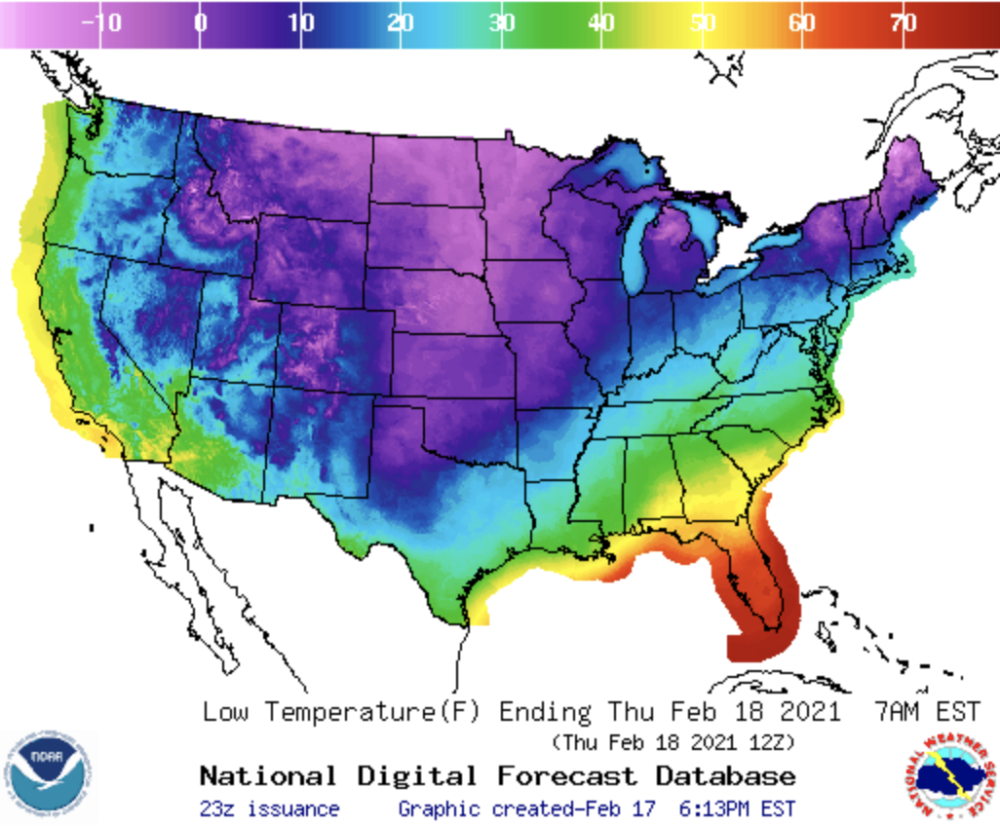Updated: Feb. 17, 2021
Winter is here.
The polar vortex has slammed much of the United States this week with more than a foot of snow in some locales, record-breaking frigid temperatures made worse by strong wind gusts.
The frigid weather certainly makes the already difficult task of shoeing horses all the more so. The cold not only makes it uncomfortable to work, it leaves tools gelid and hooves hard.
During the long and bitter winters, Vernon, Wis., farrier Mark Ellis carries a portable Dyna-Glo Pro propane heater. While he uses it to keep his shoeing area warm, it also helps in another area.
“If I start using my tools right now, my hands will stick right to them,” Ellis says on a particularly frosty morning at Willow Run Stables in Mequon.
You might remember a scene from the 1983 movie “A Christmas Story” when Schwartz triple-dog-dares Flick to stick his tongue on the flagpole in the school playground. Well, the results are similar, although admittedly a little less painful.
After lining up his tools in front of the heater, Ellis flips a switch. The barn fills with the sound reminiscent of a small jet engine. Almost immediately, the metal tools begin sweating. Within 8 minutes, the tools are dry.
“Another advantage to doing this,” Ellis says, “is it keeps my hands from getting cold.”
Frostbite — which occurs most commonly on fingers, toes, nose, ears, cheeks and chin — can develop in a matter of minutes, even on skin covered by clothing. According to the Mayo Clinic, the signs and symptoms of frostbite include:
- Initial cold skin and a prickling feeling.
- Numbness.
- Red, white, bluish-white or grayish-yellow skin.
- Hard or waxy-looking skin.
- Clumsiness because of joint and muscle stiffness.
- In severe cases, blistering after rewarming.
If you experience:
- White or pale skin, numbness or blisters.
- Increased pain, swelling, redness or discharge in the frostbitten area.
- Fever.
- New, unexplained symptoms.
You can prevent frostbite by:
- Limiting exposure to cold, wet or windy weather.
- Dress in several layers of loose, warm clothing. Air between the layers insulates your body. Wear undergarments that wick moisture away from your skin and cover with windproof and waterproof garments. Should your clothes get wet — particularly gloves, hats and socks — change them as soon as possible.
- Wear a hat or headband that fully covers your ears.
- Mittens are a better choice than gloves. Admittedly, this selection is difficult with which to shoe horses.
- Well-fitted socks that wick moisture and provide insulation will help protect your toes. While foot warmers are helpful, ensure that they don’t make your boots too tight and restrict blood flow.
- Carry extra warm clothing in your rig should your clothes become wet or stranded. For those farriers who work in remote areas, let someone know your route and expected return time.
- How do you protect your tools and yourself in cold weather? Share your tips in the comment section below.
Do you have a helpful tip that could benefit other farriers? Send them to Jeff Cota at jcota@lessitermedia.com.









Post a comment
Report Abusive Comment